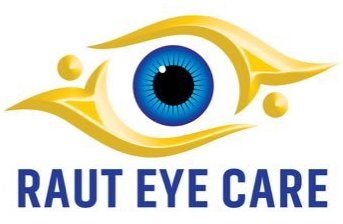Motibindu Cataract is a common eye condition characterized by the clouding of the lens, leading to blurred or distorted vision. One of the most effective treatment options for cataracts is surgery, wherein the natural lens is replaced with an intraocular lens (IOL). There are several types of IOL options available, and each has its own cost considerations. These IOL variations include monofocal lenses, which correct vision at a single distance and may require the use of glasses for other distances. Another option is multifocal lenses, which provide clear vision at multiple distances and reduce or even eliminate the need for glasses. Accommodative lenses are yet another choice that can adjust focusing at different distances, mimicking the natural lens. Additionally, toric lenses are designed to correct astigmatism along with cataracts. The cost of IOL surgery depends on various factors, such as the specific type of lens chosen and the preferences of the patient and surgeon. It is essential for individuals considering cataract surgery to discuss these options with their ophthalmologists in order to make an informed decision that suits their visual needs and budget requirements.
Motibindu cataract is a commonly occurring condition that affects the lens of the eye, leading to clouded vision. One of the most effective treatments for this condition is cataract surgery, where the natural lens is replaced with an artificial intraocular lens (IOL). There are various types of IOL options available, including monofocal lenses. Monofocal IOL's are frequently used because they offer clear vision at a specific distance, either for near or far objects. This means that patients may still require glasses for optimal vision at other distances. The cost of monofocal IOL's typically ranges from RS 10,000 to 1,20,000/- per eye, making them a relatively affordable choice for many individuals seeking improved vision after cataract surgery.
Besides monofocal lenses, premium IOL options such as multifocal and extended depth of focus (EDOF) lenses can be considered for patients undergoing cataract surgery in Motibindu, Pune. These advanced IOL technologies offer a wider range of vision, allowing patients to potentially reduce their dependence on glasses for both near and distance vision. However, it is important to note that these premium IOL options come with a higher price tag, typically ranging from around rs 30,000 to rs 200,000/- or more per eye. Therefore, when deciding whether to opt for these lenses, patients should carefully weigh the potential benefits against the additional cost. Ultimately, the decision should be based on individual preferences, visual needs, and budgetary considerations.








